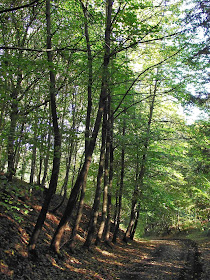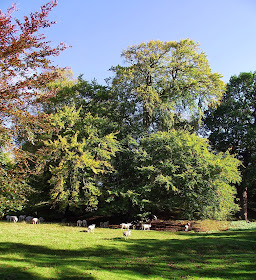Alex
Moulton’s paternal great-grandfather, Stephen Moulton, founded in 1848,
in Bradford on Avon, a company to exploit Goodyear’s rubber vulcanisation
process, which he'd brought to England. This expanded to become Spencer
Moulton, bought by Avon Rubber in 1955. A mechanical engineer, Alex worked
for the erstwhile family firm, developing suspension systems. These were fitted to, amongst others, the iconic BMC (British Motor Corporation) Mini.
Taking a cue from the small
wheels of this, and adding frame suspension, Moulton developed a bicycle with
16 inch wheels, which debuted in 1962. Raleigh, who had been approached as potential manufacturer, was uninterested, so Moulton built the bike himself in
Bradford on Avon, later outsourcing to BMC in Kirby. In 1965 Raleigh developed
the RSW-16 (Raleigh Small Wheels) as a competitor which, although
much inferior, marginalised Moulton, who sold to Raleigh in 1967.
The last Raleigh Moulton was made in 1974. Moulton bought back his patents, and
in 1983 launched the revolutionary AM Spaceframe. This was succeeded from 1992 by the APB
(All Purpose Bicycle), built under licence by Pashley, in Stratford upon Avon,
until 2005, when it was itself replaced by the TSR.
The pictured APB R18 has a separable spaceframe, Italmanubri Europa drop handlebars, and 20-inch wheels built on Pashley hubs and shod with Schwalbe Marathon Slicks. Go is by a Stronglight chainset with 56T and 44T rings, SRAM nine speed cassette, and Shimano Tiagra Derailleur mechanism, the 18 gears controlled via Shimano Dura-Ace bar end shifters. Stop is by Tektro brakes, governed by Dia-Compe levers.














